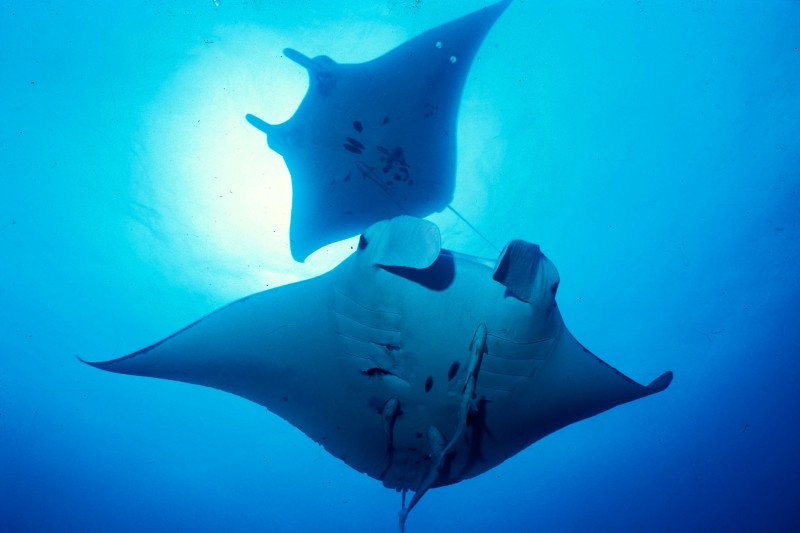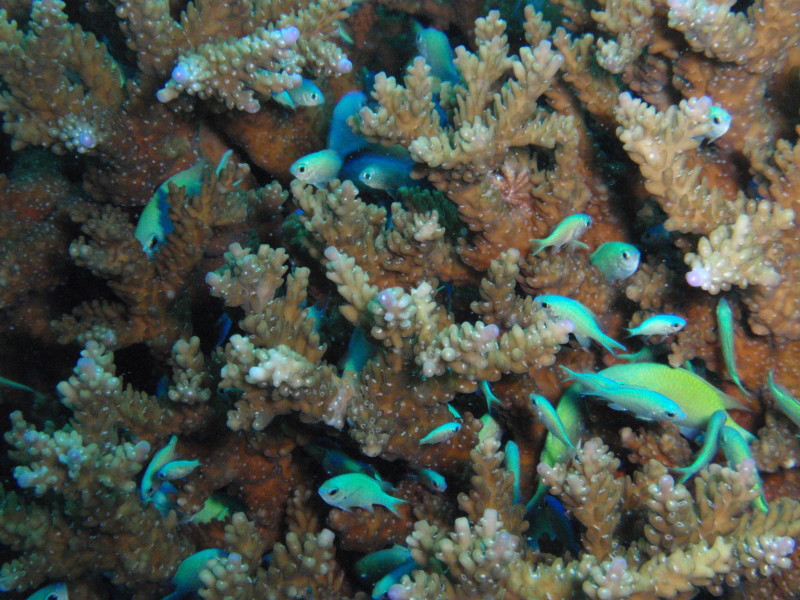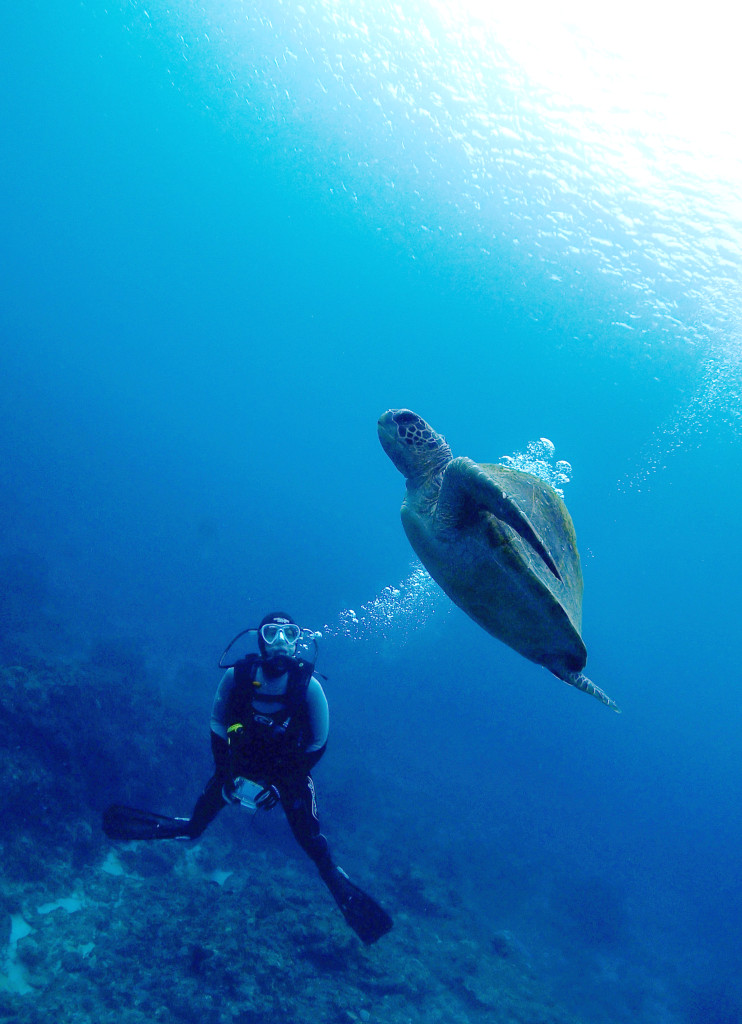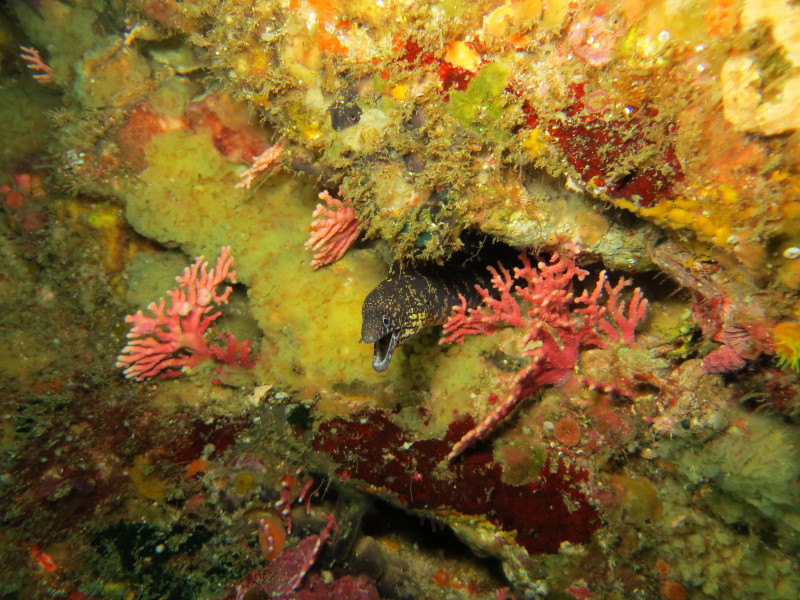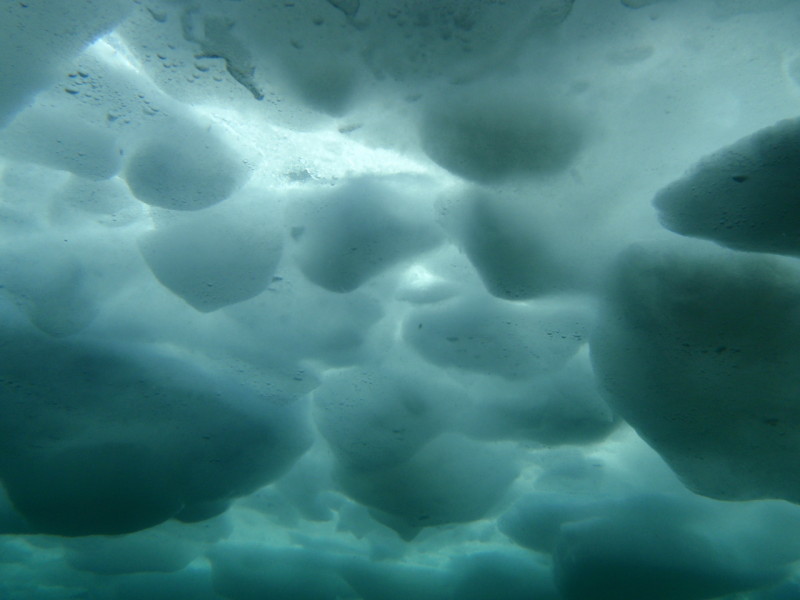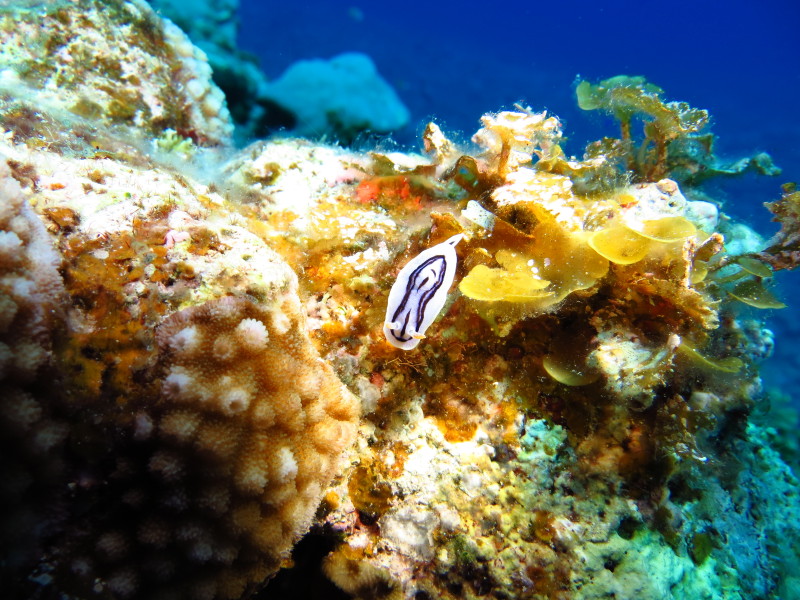By Bonnie Waycott
Japan’s traditions and culture are known the world over, but its diving is not, as tourists flock to more popular and well-known destinations such as Thailand or the Philippines for their warm water and stunning marine life. But even in Japan, divers can swim under ice or hover over carpets of coral. With a bit of research and patience, a range of topography and marine life awaits.
The best time to dive in Japan is from mid-July when the rainy season ends, until early to mid-September when the hot weather ends. Because Japan is volcanic, its underwater topography is fascinating, with steep walls and huge rock formations to explore. A lot of the islands in southern Japan and south of the capital, Tokyo, were formed from volcanic eruptions, and as dive guides will explain, this is plain to see when you go diving.
Northern Japan (Hokkaido) tends to be cool or cold, while southern Japan (Kyushu and Okinawa) consists of hundreds of islands and islets where it’s warm year round with temperatures of about 68F (20C) in winter and 86F (31C) in summer, making it ideal for crystal clear waters, white sand and colorful reef fish.
Here are 10 of my top recommendations for diving in this unexpected destination.
Ishigaki Island, Okinawa
As you wait patiently behind the rocks, a spectacular underwater show begins as dark figures in the distance drift closer and closer, gliding past and hovering overhead. This is the scene at Manta Scramble off Ishigaki Island, which is most famous for the sheer number of manta rays that congregate, or rather scramble, at around 33 feet (10m), allowing for some excellent photo opportunities.
Kerama Islands
The Kerama Islands are a popular getaway about an hour from the Okinawa mainland, full of coral gardens and unspoiled beaches. This area is said to have over a thousand kinds of fish and coral, with water visibility ranging from 130 to 165 feet (40-50m). The crossing can be rough, but if you don’t get seasick, the islands are well worth visiting. It’s also a good site for beginners.
Miyakojima
If limestone caves and rock formations are your thing, Miyakojima in Okinawa prefecture is the place to go. There are many tunnel-like formations as well, winding and horizontal, which open out into sandy, wide areas and smaller coral reefs. It’s a stunning moment when the sun streams through the tunnels as you emerge. Divers can also make the most of their torches and look for nudibranchs, crabs and a range of fish hiding behind the nooks and crannies.
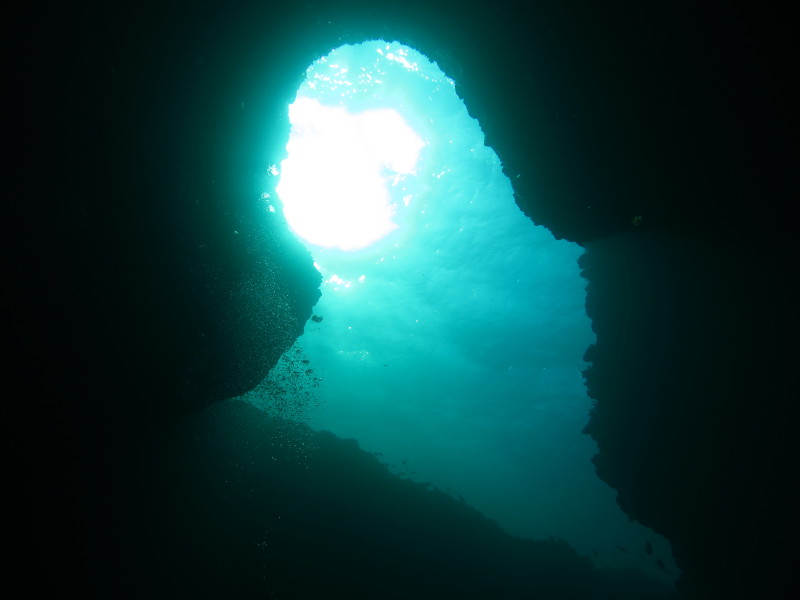
Tokunoshima
Swimming turtles or the cry of whales feature highly in the subtropical seas off Tokunoshima. This island is a fantastic example of Japan’s volcanic geology, particularly if you’re willing to take the 30-minute boat ride to three massive monoliths out at sea. If you opt for something more relaxing, your guide will take you to meet Tokunoshima’s resident turtle that’s known for his unusual mountain-like shell. Make sure you have a camera handy, as he is more than willing to pose for photos and let you swim close to him.
Kozushima
Kozushima is part of a chain of islands south of Tokyo, a tiny paradise that bubbled up from the Pacific Ocean a very long time ago. Fans of macro life won’t be disappointed as the island has a range of shore and boat dives on offer, and the rocks here are caked in a range of nudibranchs, sea slugs, crabs and starfish. The night dives are also the gateway to an aquarium-like world. Watch for some amazing planktonic critters, attracted to the glow of your torch.
Miyakejima
The best time to visit Miyakejima, also south of Tokyo, is around May when the Kuroshio Current drifts by. This is when the water warms up, the marine life comes alive and squid begin to spawn. Luckily for divers, one site at around 50 feet (15m) is a great place to view the squid up close, depositing their eggs on clusters of tree branches. In shallower depths are some rocks that are all worth looking at, not just for the marine life but also for the topography, as Miyakejima erupted back in 2000, creating some interesting underwater formations.
Osezaki Bay
This is where divers in Tokyo and surrounding areas go for training, because the bay is close to the capital and has plenty of areas that are well suited for practicing particular skills. For example, some concrete boulders at 16 feet (5m) are the perfect place to practice buoyancy during a safety stop, even more so at night when they are teeming with sea urchins. The bay also houses a collection of objects such as car tires and an old motorcycle, some linked together by ropes. These are great for navigation practice. For fun diving, the areas outside the bay have excellent drop-offs and good shore-dive points.
Hachijojima
You know you’ve arrived at Hachijojima after the 12-hour ferry journey from Tokyo when you see a tiny mountain in the distance that looks like a mini Mt. Fuji. Hachijojima is consistently warmer than mainland Japan and boasts a variety of dive spots. Famous also for sea turtles and underwater lava bridges, it’s home to a very special fish, the Yuzen, or wrought-iron butterflyfish, which is endemic to Japan.
Shiretoko Peninsula, Hokkaido
The Shiretoko Peninsula is a harsh environment in winter, with tons of snow and constant blizzards. You wouldn’t think this is the ideal place for diving, but if you’re up for some adventure, this is the place to be. As frozen ice from the Sea of Okhotsk breaks up and is blown south, the ice-diving season begins. The experience is a taste of what ice diving is like, but it’s still a lot of fun and one of the most unusual diving opportunities you can have. Look out for the clione or sea angel, and a fascinating green shrimp.
Yoronto
Yoronto is just like the kind of tropical paradise you might see on a postcard. A tiny island in the south of Japan, there are traditional villages and sugar cane farms. Its most famous beach is littered with star-shaped sand due to deposits of dead plankton and pieces of coral that look like stars. Then there’s the diving. Drop offs, arches, tunnels and crevasses feature widely at many of the diving spots, which are populated with beautiful reef fish and nudibranchs. A torch is an absolute must for exploring the rocks.


